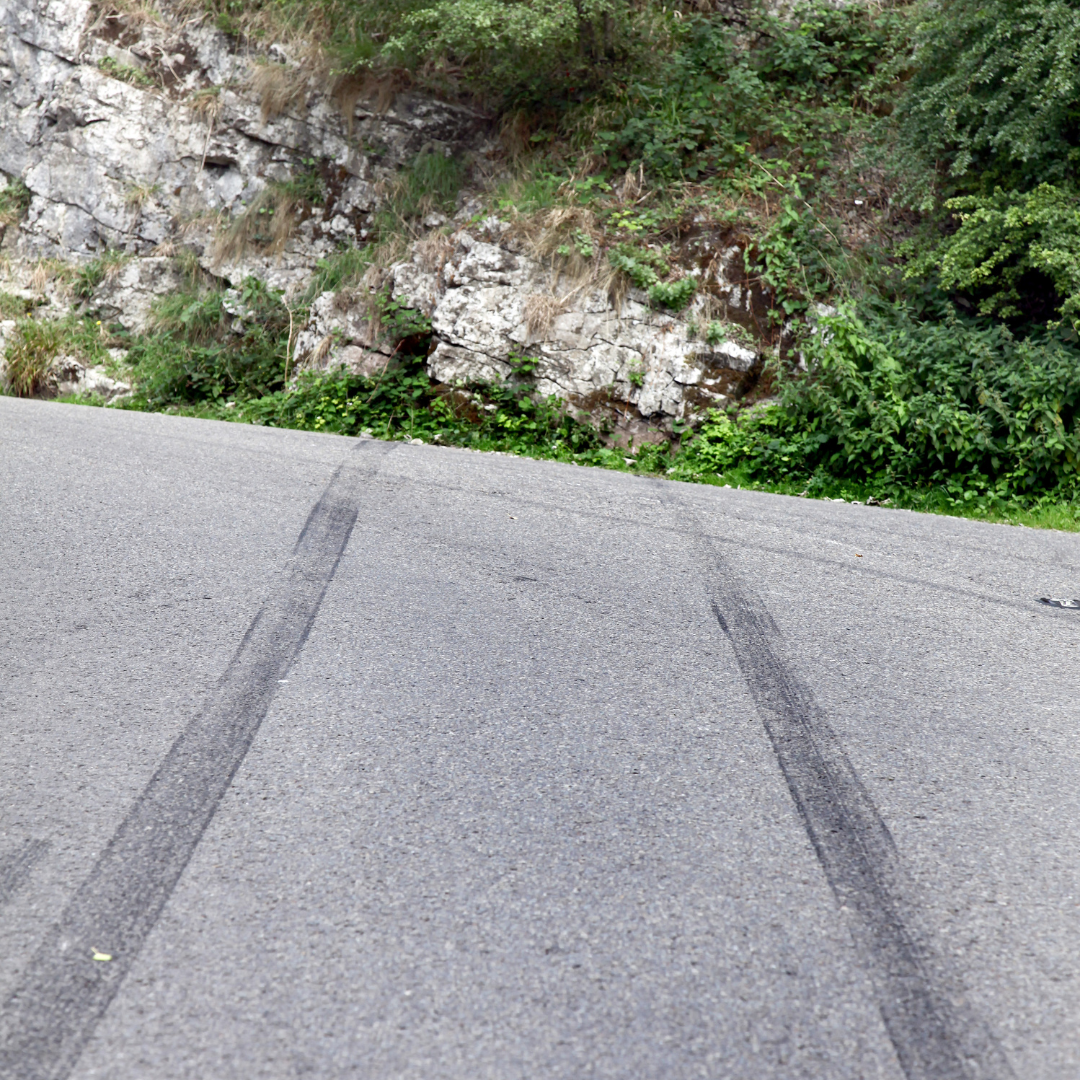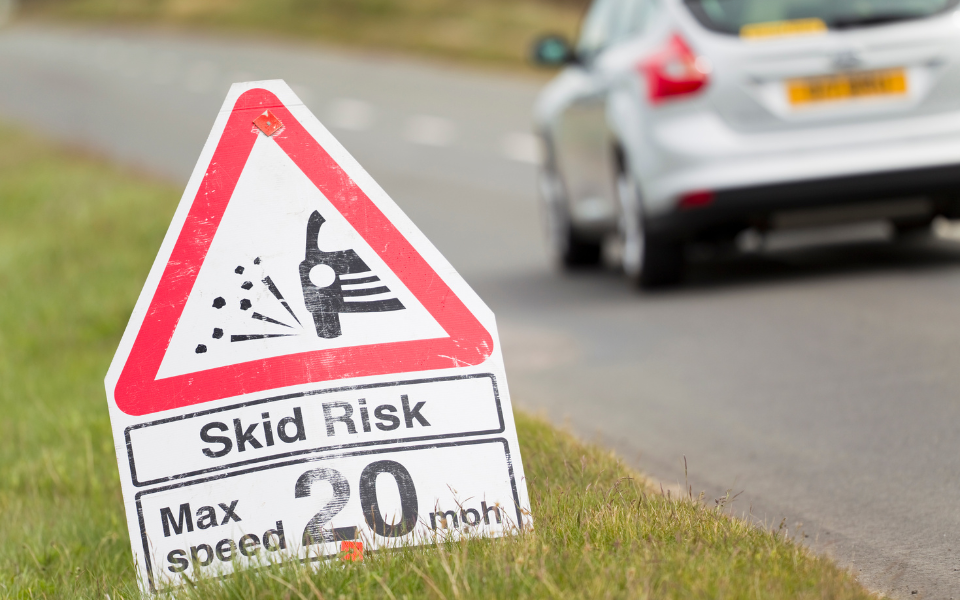The ABSolute guide to Anti Lock Braking
How to use abs brakes in an emergency
- ABS stops wheels locking, helping maintain steering during hard braking.
- Many misuse ABS by easing off the brake or reacting to pedal vibrations.
- ABS lets you steer while braking, but panic can prevent proper use.
- ABS isn’t foolproof—safe driving and awareness are still essential.
It’s been said that anti-lock brakes (ABS) are one of the greatest safety aids in automotive history, but how does a skilled driver get the best from this wizardry, particularly in the case of a real emergency?
As an enthusiast reading this blog, you’ll probably have a good appreciation for what Advanced Driver Assistance Systems (ADAS) such as the anti-lock braking system (ABS) and electronic stability program (ESP) actually do. Yet many drivers have little or no idea of the presence of these systems on their vehicles, nor how to use them effectively.
How do anti lock braking systems work?
The fundamental job of the anti-lock brake system (ABS) is to prevent the road wheels from locking up under extreme braking, if the control module senses that the pedal is still pressed, the car is still in motion but the wheels are not, it releases the brakes and reapplies them in a fraction of a second, repeatedly.
This helps maintain braking force and directional (steering) control so drivers can steer to safety if necessary, while also maximising the stopping power. Depending on the road surface, ABS can sometimes reduce stopping distances by maintaining optimal tyre friction, in contrast to skidding.
In days gone by drivers were taught to 'pump the brakes' - also known as cadence braking - to achieve the same result: no locking up. Modern cars have simply automated this task.
The ability to steer under intense braking could mean the difference between a close call and a serious crash. But it relies on the driver using the system correctly.
A word of warning though: ABS is not something to rely on because you’re tailgating or reacting late to hazards. It is a support system, not a substitute for proper judgement.
How should you use anti-lock brakes when you need to stop in an emergency?
Where drivers often go mess up when using ABS in an emergency, is by not hitting the brake pedal hard enough.
Those that do apply enough pressure sometimes feel the vibration and throbbing of the system and reduce the pressure thinking something is wrong, just when it’s operating at its best.

Where drivers often go wrong with ABS in an emergency is by not pressing the brake pedal hard enough. Those that do sometimes feel the vibration and pulsing of the system and reduce pressure, thinking something is wrong, just when it’s working at its best.
Familiarity with how ABS works is important. In a controlled environment, practice pressing the brake pedal firmly and maintaining pressure even when you feel vibration. This builds confidence and muscle memory for when it really matters.
The second element is mental: being able to stay calm and act quickly. ABS allows you to steer during emergency braking, but panic can cause drivers to freeze or steer into hazards due to target fixation.
With practice and composure, you can apply maximum braking force and then steer around the obstacle safely.
Brake and Steer!
When coaching, we teach a high-speed ABS lane change manoeuvre. Picture driving at 70mph in the outside lane of a motorway. Suddenly, you need to make an emergency lane change. We simulate this by hitting the brakes as hard as possible while simultaneously steering from the outside lane to the hard shoulder.

It sounds daunting at first, but with a few runs, drivers gain full control. They shout “BRAKE and STEER!” to reinforce the process - it might sound silly, but it cements the instinctive reaction needed in real-world scenarios.
It’s impressive to watch experts perform it, and with only a little training, novice drivers can master it too. It’s a life-saving technique that sticks with you.
The Caveat: ABS is not magic
On icy roads or loose surfaces, ABS can’t defy physics. If the tyres can't grip, even the best systems can’t prevent sliding. Your main safety net is always prevention: choose appropriate speeds and anticipate hazards in advance.
Understand the limits of technology like the anti-lock brake system (ABS) and complement it with sound driving judgement.

Your key safety measure is of course, prevention – choosing appropriate speeds to approach hazards, considering all factors.
In Summary
So, how do anti-lock brakes work in your favour when you really need them?
- Hit the brakes very hard – do NOT reduce the pressure on the brake pedal until you need to.
- Don’t ‘Panic Freeze’ in an emergency, just keep looking, planning and thinking.
- Look ahead where you need to go and steer there (beware target fixation and steering into the very thing you’re trying to avoid!).
- Shout “Brake and Steer” if that helps your thought processes.
The anti-lock braking system in your car is a powerful tool. Used correctly, it can help you maintain control during emergency braking and prevent wheel lock. But remember: the driver makes the difference.
Practice, confidence, and good judgement are what truly save lives on the road.
March 2024
« Back to Blog

